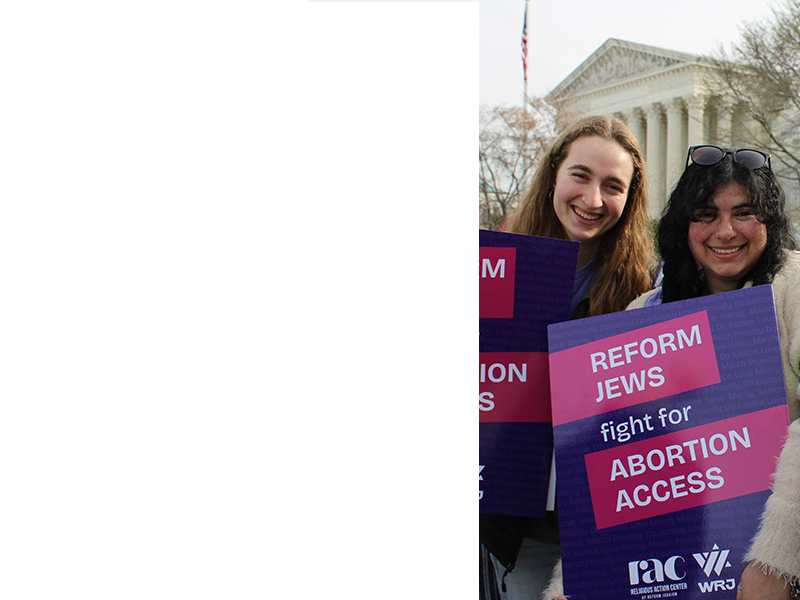These suggestions for service modifications and low-cost physical changes can go a long way to ward ensuring that worship services and other activities in your congregation are accessible.
• Invite people with disabilities to participate in services.
• Clear space in different parts of the sanctuary for people who use wheelchairs.
• Provide large-print siddurim, chumashim, and other materials in Braille.
• Make print and recorded versions of sermons and other materials available. • Place a portable or permanent reading table on the sanctuary floor so people with physical disabilities have greater access for Torah reading and honors.6
• Dedicate a kiddush or oneg Shabbat in honor of Jewish Disability Awareness Month, which is observed every February
• Include special prayers or readings at each Shabbat service during Jewish Disability Awareness Month.
• During Jewish Disability Awareness Month, add a relevant quote to each Shabbat bulletin.
• Have a nursery school or religious school class lead and sign a prayer they learned with the help of a qualified interpreter at a Shabbat service.
• In the context of Torah study or a sermon, explore the difference between “healing” and “cure.”
• Educate ushers, greeters, receptionists, and others who welcome and guide visitors about the various accessibility features offered by your congregation.
• Place all mezuzot (or additional mezuzot) at wheelchair height on doorways throughout the congregation.
• Lower your box of kippot and basket of women’s head coverings so they can be reached by everyone, including people who use wheelchairs.
• Visit accessible congregations and other houses of worship in your area to get ideas for your own congregation.
• Provide plastic magnifying sheets for use with siddurim and chumashim. They can be sewn into book covers to overlay the pages of the book.
• After Shabbat, deliver bimah flowers and extra copies of service bulletins to those who are sick or unable to leave their homes.
• Improve your synagogue's air quality by dusting woodwork and brass in the sanctuary, vacuuming with a HEPA filter, and cleaning air conditioning filters routinely so that people who have allergies are able to participate comfortably.
• Post appropriate signage indicating the location of your inclusion entrance, disability-friendly restrooms, and how to get to them.
• Include the universal symbols of accessibility in all publicity and marketing for your congregation (ex: the icons for wheelchair access, assistive listening devices, etc.)
• Mount a cup dispenser next to your water fountain as a low-cost alternative to buying a new one. Make sure the dispenser is mounted at a height convenient for use by people in wheelchairs. It is also important that cups be maintained in the dispenser.

